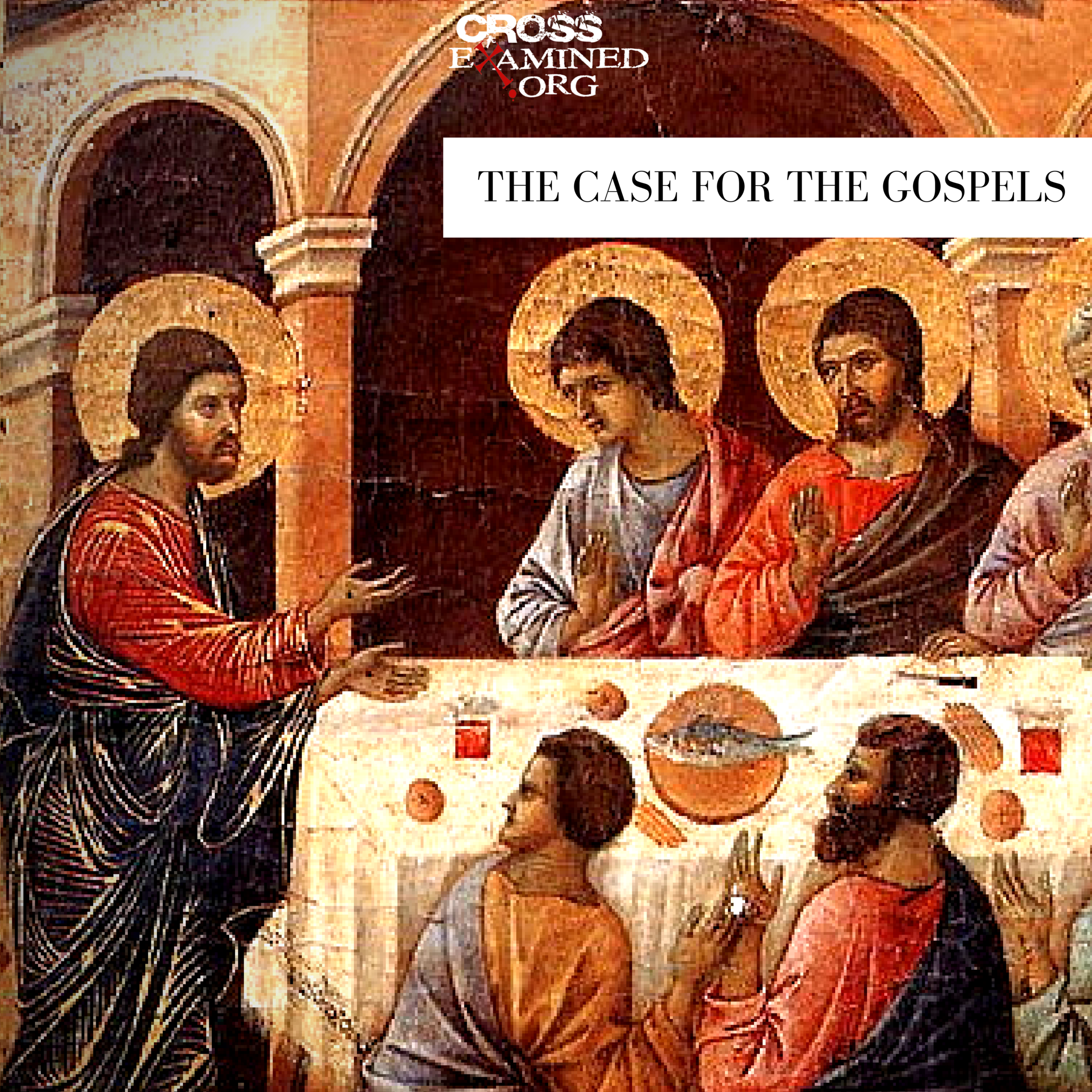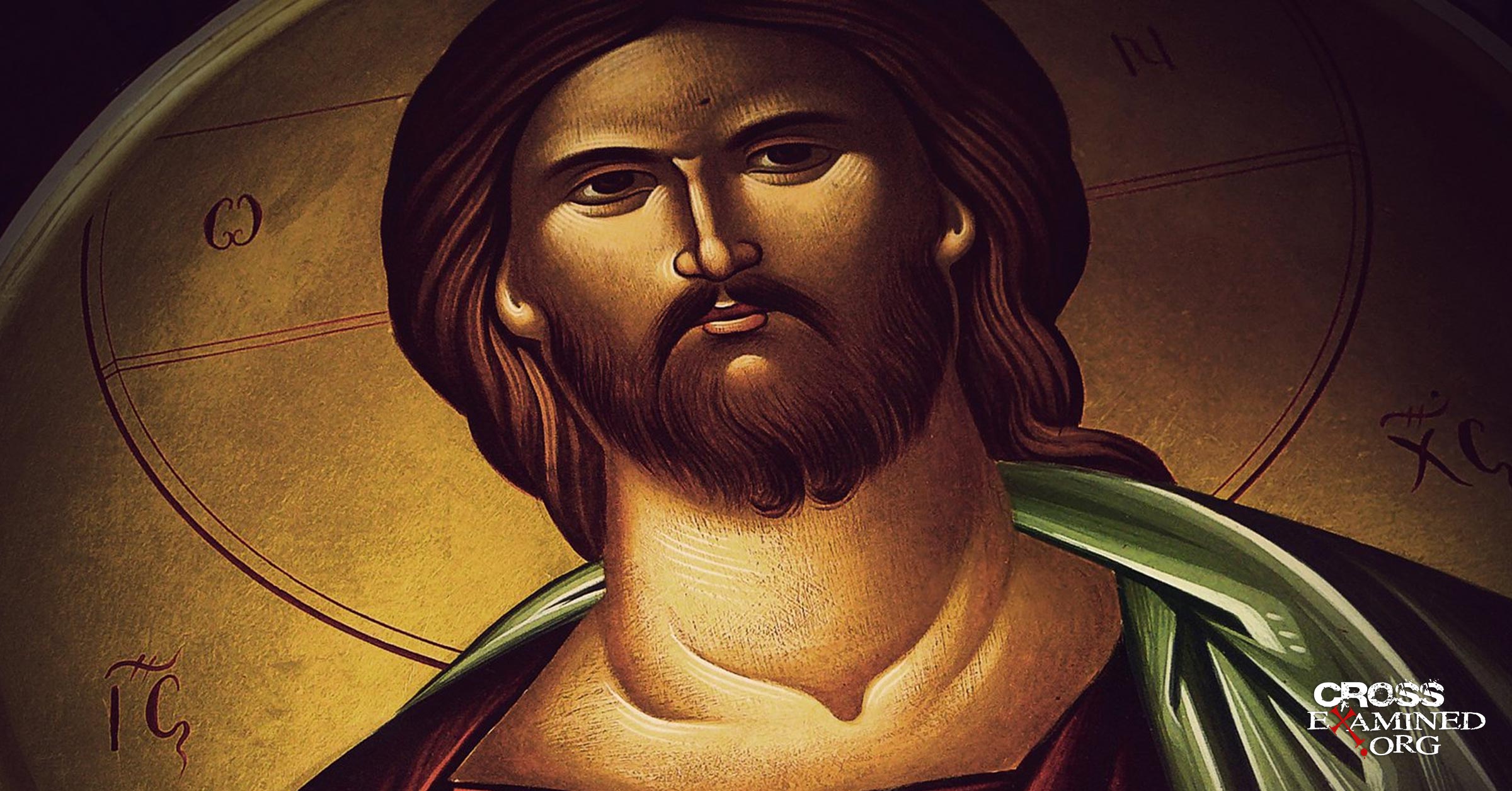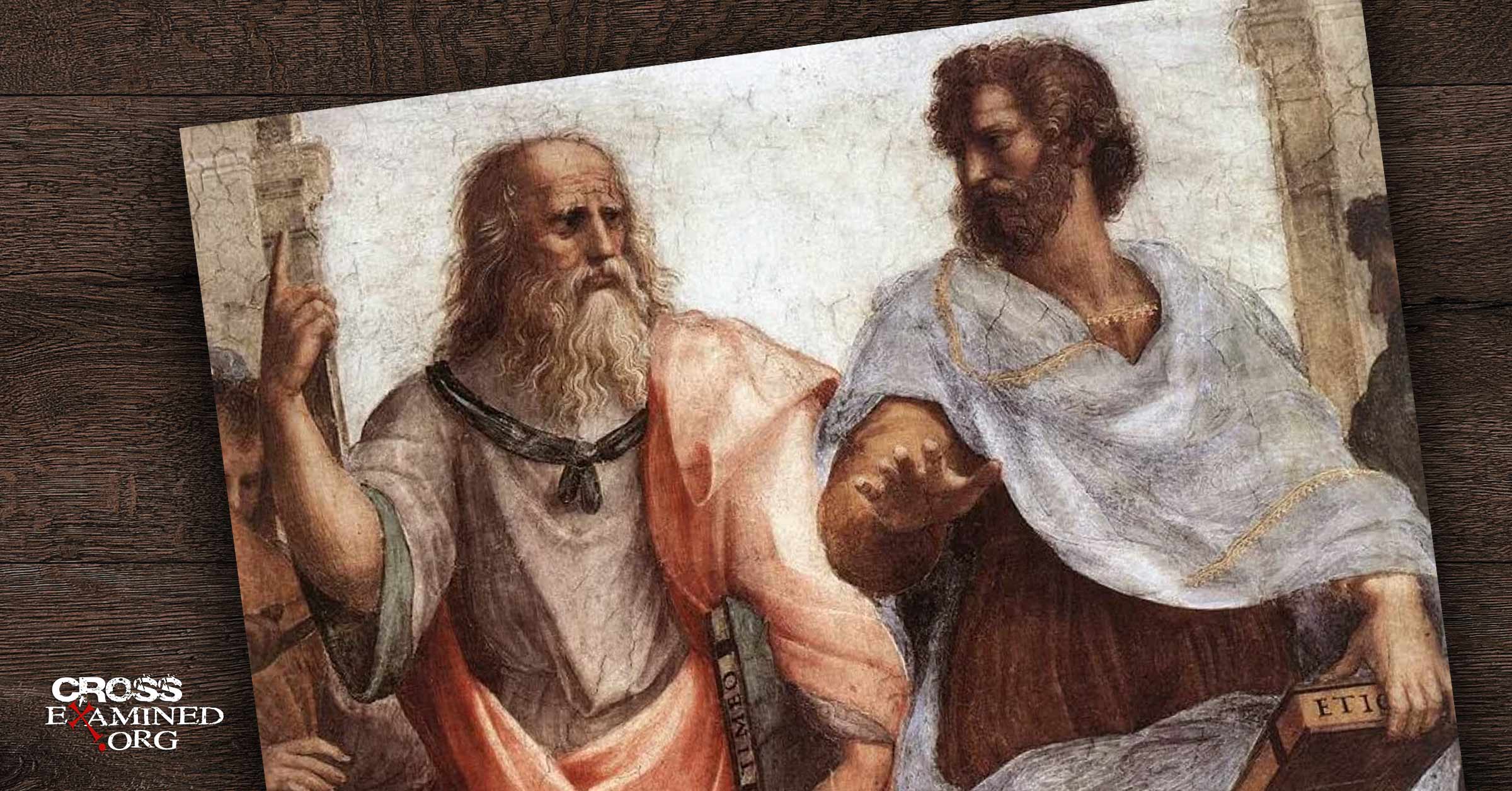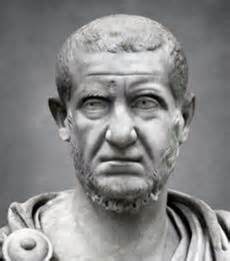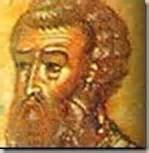Last week, we discussed the eyewitness testimony for Jesus by demonstrating the validity of the Gospel records. Such an endeavor was important to establish particular witnesses found within the Gospel accounts. We have seen that one holds good reasons for accepting that the apostle Matthew had, at least in part, a hand in the writing of the First Gospel; that John Mark wrote down the information found in the Second Gospel; that the physician and co-hort of Paul—Luke—wrote the third Gospel; and that the apostle John wrote the Fourth Gospel. But, how does this influence the eyewitness testimony that one holds for Jesus of Nazareth?

The Testimony of Peter
As noted last week, Irenaeus notes that “Matthew also issued a written Gospel among the Hebrews in their own dialect, while Peter and Paul were preaching at Rome, and laying the foundations of the Church. After their departure, Mark, the disciple and interpreter of Peter, did also hand down to us in writing what had been preached by Peter.”[1] Thus, the church unanimously accepted that John Mark recorded the testimony of one Simon Peter. The Gospel of Mark does focus quite a bit on the life of Simon Peter. Of the information in Matthew’s Gospel believed to have been taken from Mark, the majority of the shared material deals with the life of Simon Peter. Thus, the believer has essentially the eyewitness testimony from one of the inner circle disciples—Simon Peter.

The Testimony of John
Last week, we noted that despite the skepticism of some modern scholars, the majority of internal and external evidence for the Fourth Gospel demonstrate that the apostle John wrote the text. It has always amazed me how one misses John’s imprint in the Fourth Gospel. In John 21:1-2, the writer lists Jesus’ appearance to seven disciples “Simon Peter, Thomas (called the Twin), Nathanael of Cana in Galilee, the sons of Zebedee, and two others of his disciples were together” (John 21:1-2).[2] It is interesting that John the son of Zebedee is never explicitly listed, but rather this “disciple who Jesus loved” (John 21:7). It was Peter and this mysterious disciple who traveled to the tomb of Jesus. Who else would one imagine accompanying Peter to the tomb other than John the apostle? In fact, John the apostle is linked to being the caretaker of Jesus’ mother after Jesus’ death by the early church fathers.
Among the writings of the early church fathers, there is a letter written by Ignatius to John the apostle. These writings are normally attributed to the late first-century. Nevertheless, Ignatius writes, “There are also many of our women here, who are desirous to see Mary [the mother] of Jesus, and wish day by day to run off from us to you, that they may meet with her, and touch those breasts of hers which nourished the Lord Jesus, and may inquire of her respecting some rather secret matters.”[3] Even if the letter is spurious, it demonstrates the early acceptance of the idea that John the apostle assumed the role of caretaker of Mary, the mother of Jesus. This mysterious disciple whom Jesus loved is also linked with being the caretaker of Mary, the mother of Jesus in the Fourth Gospel (John 19:26-27). Then, the Gospel states as a postscript, “This is the disciple who is bearing witness about these things, and who has written these things, and we know his testimony is true” (John 21:24). What this tells us is that we have another witness by an inner circle disciple. Even if John was written by a disciple of the apostle, we would still have eyewitness testimony about Jesus since the apostolic witness would have been recorded.

The Testimony of Matthew
As we noted last week, good reasons exist to hold the apostle Matthew as the author of at least part of the First Gospel. It seems quite odd that the early church would choose Matthew, a tax-collector, as the author of the First Gospel if it were in fact not based upon truth. I could provide further reasons for holding Matthean authorship. But suffice it to say, that if one accepts the apostle Matthew as the writer of the First Gospel, then one has another apostolic eyewitness for Jesus of Nazareth.

The Testimony of the Early Church
We have already noted the existence of pre-New Testament material in the letters of Paul and, some would say, in the Gospels. This is particularly the case in Luke’s Gospel where Luke notes that he used the testimony of those “who from the beginning were eyewitnesses and ministers of the word [who] have delivered them to us” (Luke 1:2). Thus, in Luke’s Gospel, one will find a panoply of eyewitness testimonies from various individuals used by Luke to construct his Gospel account.

The Testimony of Mary the Mother of Jesus
The first few chapters of Luke’s Gospel relays information pertaining to the birth of Jesus and the experiences that Mary, the mother of Jesus had before Jesus’ birth. Robert Stein states that “It is clear from the first chapter of Matthew as well as the traditional nature of the material in Luke 1–2 that Luke did not create all this material.”[4] Luke records the Magnificat (Mary’s Song of Praise) in Luke 1:46-55. In addition, the Evangelist records particularly intimate details about Mary such as the time when Mary “treasured up all these things, pondering them in her heart” (Luke 2:19). Since this material is not original to Luke and since pagan myths do not account for the inclusion,[5] it seems to me that the most likely explanation is that Luke received the eyewitness testimony of Mary, the mother of Jesus for the beginning of his Gospel. Thus, I would argue that one has the eyewitness testimony of Mary in Luke’s Gospel, which further adds to the testimony found within the Gospel narratives.
Conclusion
Undoubtedly, there are many more witnesses than those presented in this article. Nevertheless, one may still remain skeptical. It is quite apparent that not everyone will accept all of my conclusions in this article. But let it be said that even if one does not accept the evidence listed in this section of our presentation, one still must accept the early eyewitness testimony found in the pre-New Testament creeds and formulations. Therefore when coupled with the Gospel accounts, the eyewitness testimony for Jesus of Nazareth is quite good. Jesus of Nazareth passes the eyewitness testimony examination of the historical method.
Our investigation is not quite yet complete. Next week, we will examine two other areas of historical research offered by New Testament scholar Michael Licona. Thus far, Jesus of Nazareth has withstood the scrutiny of the historical method. Will he continue to remain standing after these final two areas of research? Check back next week to find out.
© February 8, 2016. Brian Chilton.
Visit Brian’s Website: Bellator Christi
Click here to see the source site of this article
Bibliography
Ignatius of Antioch. “The Epistle of Ignatius to St. John the Apostle.” In The Apostolic Fathers with Justin Martyr and Irenaeus. The Ante-Nicene Fathers. Edited by Alexander Roberts, James Donaldson, and A. Cleveland Coxe. Buffalo, NY: Christian Literature Company, 1885.
Irenaeus of Lyons. “Irenæus against Heresies.” In The Apostolic Fathers with Justin Martyr and Irenaeus. The Ante-Nicene Fathers. Volume 1. Edited by Alexander Roberts, James Donaldson, and A. Cleveland Coxe. Buffalo, NY: Christian Literature Company, 1885.
Stein, Robert H. Luke. The New American Commentary. Volume 24. Nashville: Broadman & Holman Publishers, 1992.
Notes
[1] Irenaeus of Lyons, “Irenæus against Heresies,” in The Apostolic Fathers with Justin Martyr and Irenaeus, ed. Alexander Roberts, James Donaldson, and A. Cleveland Coxe, vol. 1, The Ante-Nicene Fathers (Buffalo, NY: Christian Literature Company, 1885), 414.
[2] Unless otherwise noted, all Scripture comes from the English Standard Version (Wheaton: Crossway, 2001).
[3] Ignatius of Antioch, “The Epistle of Ignatius to St. John the Apostle,” in The Apostolic Fathers with Justin Martyr and Irenaeus, ed. Alexander Roberts, James Donaldson, and A. Cleveland Coxe, vol. 1, The Ante-Nicene Fathers (Buffalo, NY: Christian Literature Company, 1885), 124.
[4] Robert H. Stein, Luke, vol. 24, The New American Commentary (Nashville: Broadman & Holman Publishers, 1992), 81.
[5] See Stein, Luke, NAC, 81.


